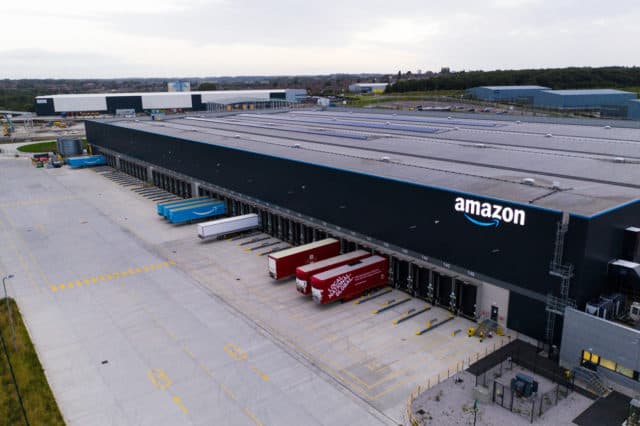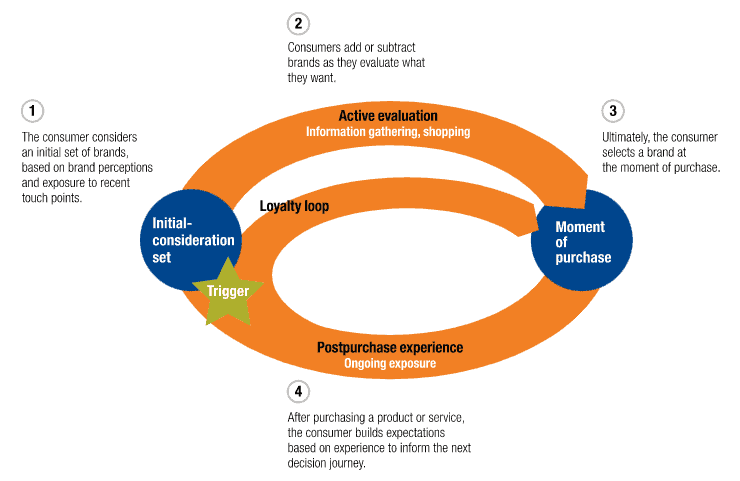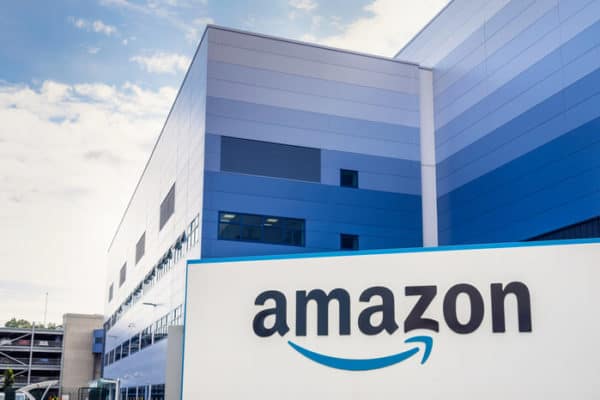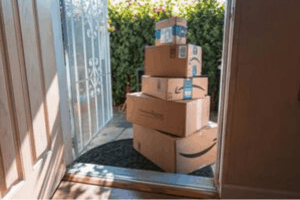
Amazon is now the third-largest digital publisher in the U.S. behind just Google and Facebook.
But, there’s one big difference with Amazon Advertising campaigns that some marketers who come from paid search or social advertising backgrounds may not initially realize—especially with regards to how they can best drive performance with this channel. However, understanding this single nuance can help marketers guide their Amazon Advertising strategies to get the maximum return from their investment.
Google and Facebook’s primary source of revenue is advertising, but Amazon Advertising campaigns represent just a fraction of income for the giant marketplace. In 2019, Amazon posted $280.5 billion in US revenue with an estimated $14 billion from advertising.
That’s just 2% of its total revenue from ad dollars for Amazon versus 90%+ for Google and Facebook.
Why is the fact that Amazon’s ad revenue isn’t a large portion of its income important for advertisers to understand? Marketers who manage their Amazon Advertising campaigns in the same ways as just an ad channel like Google or Facebook will find limited success.
For Amazon, its advertising program is to help stimulate sales to increase that $280 billion number. What this means is that Amazon is highly protective of its customers and won’t put their bigger sales at risk just for advertisers. You must become as laser-focused on the customer journey as Amazon is in order to find success with this channel.

Your new Amazon ROI calculator needs to focus on lifetime value
Maximizing success with Amazon Advertising campaigns requires engagement with consumers throughout the entire customer journey. It’s about lifetime value and figuring out how to best apply the channel for complete business value = the total of sales on Amazon.com + sales not on Amazon.com.
The global consulting firm, McKinsey & Company offers insights into the new customer journey in four steps. They describe today’s consumer decision-making process as “a circular journey with four phases: initial consideration; active evaluation, or the process of researching potential purchases; closure, when consumers buy brands; and post-purchase when consumers experience them.”

Amazon Advertising Strategies in Phase 1: Initial Consideration
Use the Amazon search advertising format, Sponsored Brands ads, to reach consumers while they’re still figuring out how to address the problem they are looking to solve. They may not know which product yet to zero in on so they may be searching for either your brand or for your competitors.
Take for example a bicycle purchase. A non-bike expert may not know where to start, but Schwinn is a known brand that they may search for as they start their research. If you’re not Schwinn, you can use Sponsored Brands ads to appear in those searches. If you are Schwinn, it’s even more important to buy those ads to keep your rivals from drawing attention away from your line of bikes.
Amazon Advertising Strategies in Phase 2: Actual Evaluation
Getting into the buyer’s consideration set is just Phase 1. As consumers go to the next phase of active evaluation, marketers will still need to continue to appear in search results and keep shoppers interested in their products.
This is when the Amazon search advertising format, Sponsored Products ads, can be extremely important. Understanding the keywords that consumers use when they are evaluating products on Amazon can help guide your strategy here. Invest in ads where your organic rankings fall short. If you are already coming up at the top of the results for certain keywords, look to support your products with paid ads where your organic search rankings are weak.
Amazon Advertising Strategies in Phase 3: Closure
Your Amazon Advertising campaigns may not necessarily only drive direct Amazon.com sales. By owning the first half of the customer journey and locking in consumers to your product to solve their needs, sales may happen on your ecommerce store or even offline. Yes, this can be much harder to measure and quantify than ad click-to-purchase, but because Amazon is now used by consumers as both as a store and as a product research site, the reality is the total investment marketers make in Amazon Advertising has a holistic impact on sales, not just an individual channel one.
However, to maximize sales closures on Amazon.com, retargeting people who have searched for specific keywords or viewed certain products can be very beneficial at the bottom of the funnel. Marketers can even target ads on individual product pages of competitor products to try to steal away sales before they go to rivals.
Amazon Advertising Strategies in Phase 4: Post-purchase
Amazon advertisers can retarget people who have purchased from them before. This is especially useful for driving repeat sales on consumable products (i.e. grocery, vitamins, makeup) as well as products that are bought often (i.e. batteries, light bulbs, air filters).
But there’s another reason beyond just a repeat sale to the same customer why you should focus on the post-purchase phase. Amazon Advertising—and your organic search rankings on Amazon—are impacted by product reviews. This can be great if you get a lot of positive reviews or not so great if you get terrible reviews or simply not enough volume of reviews to drive up your keyword and ad rankings. Savvy Amazon advertisers know that encouraging positive reviews with a follow-up email can help to generate that feedback which can aid their total marketing efforts.
Pair your Amazon Advertising strategies with a solid, tech foundation
What platform do you use to maximize your Amazon Advertising campaigns?
Skai Retail Media helps you create, manage, forecast, and optimize Amazon Sponsored Ads campaigns at scale. It can also help you do the same for your Walmart advertising as well.
Maybe it would be worth it for you to sign up for a brief demo to see the innovative features of Skai Retail Media to help you better understand how it could fit within your retail advertising framework. Contact us today for more information!






